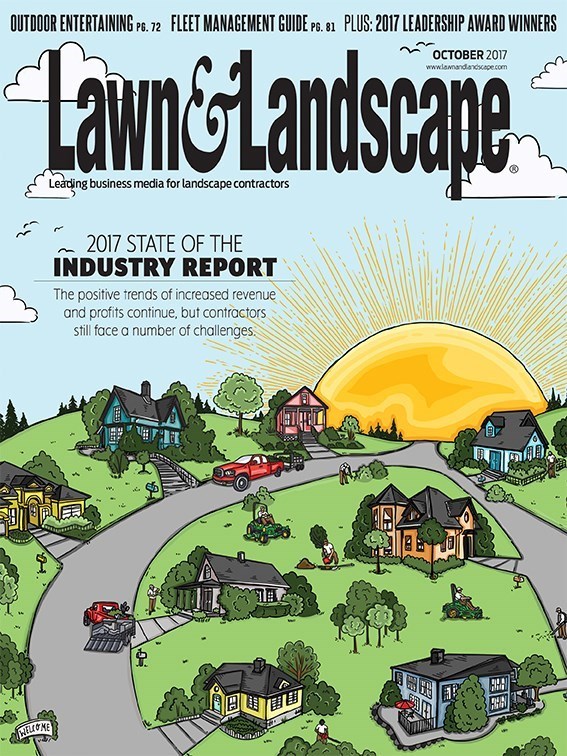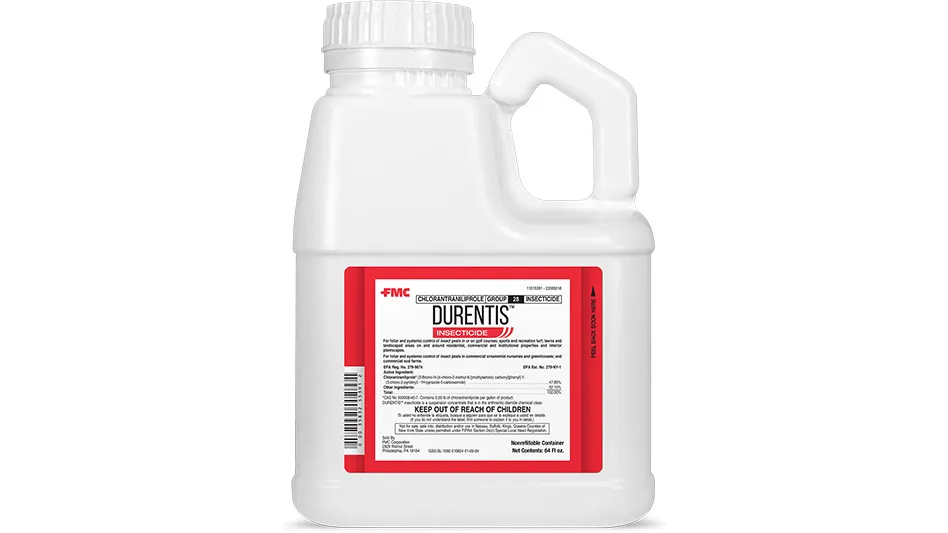
When you think of artificial turf, it’s typically associated with athletic fields at schools or professional stadiums.
But what about yards?
According to Donna Kent, marketing director with ForeverLawn, synthetic turf is becoming more popular as an option for residential and commercial lawns. Kent says it first became popular in the Southwest. “(Synthetic) turf is used in cases where real grass either can’t grow or is difficult to grow,” Kent says.
Michelle Balicki, marketing manager for SynLawn, adds that different parts of the country view synthetic turf differently, depending on the knowledge in that area.
“Out West we have drought issues and water issues and the level of acceptance is far different than it is in the Northeast,” Balicki says.
However, she adds that drought is hitting different parts of the country as well. She says the option of synthetic turf provides people with an alternative to dying turf, while also helping save water. On the opposite side of the spectrum are the clients with lawns in a valley or below sea level. Too much water can hurt a lawn just as much as not enough water.
“Depending on what part of the country you’re in, there’s a lot of rain,” Balicki says. “So muddy areas are just as big a concern as drought.”
She says a lot of people like to spend time with their families in yards, but having muddy kids and dogs running around the house isn’t enjoyable. Neither of those scenarios are a problem, no matter the weather the day before, if the yard is synthetic.
On the financial side, Balicki says people in heavy rain areas can sometimes see so much damage, the sod has to be replaced a couple of times a year. Installing synthetic turf can eliminate those extra yearly costs.
In the city.
Along with yards, synthetic turf is also seeing an increase in urban areas as more people look for ways to be outside.
“Rooftops are getting a lot of synthetic turf,” Kent says. “In an urban area, there’s not a lot of green space and you can’t get dirt up there or mow. You can install synthetic and have your own green space that’s low maintenance.”
“We’ve got commercial properties, hotels actually, creating additional revenue spaces out of their rooftop areas they couldn’t use before,” Balicki says.
Installation.
Similar to rolling out a carpet, synthetic turf comes in 15-foot rolls, sometimes even installed with parameter board. At ForeverLawn, installation involves removing 15 inches of existing soil and replacing it with an aggregate stone base.
“We chose something that will allow water to percolate through but will provide a firm base to stop weeds and plants from growing through it,” Kent says.
The base is leveled out and the turf is rolled over the top and secured with nails into the ground. After installation, maintenance is minimal, Kent says.
“If debris falls on it, like leaves, you have to remove the leaves,” she says. “If you’ve got seasons and seasons of debris on it, that would be bad.”
Because of the low-maintenance aspect, Balicki says many homeowners associations and municipalities are installing synthetic turf.
“We see areas in the country where there are serious issues with (workers fixing) median strips because of liabilities issues,” she says. Switching the median strips to synthetic turf takes away that liability risk.
Another risk solved by synthetic grass is child safety. Using a 2-inch foam board, SynLawn can install grass in a playground area that meets head injury prevention criteria. “We can bring that to a customer’s backyard and can add safety elements to it,” Balicki says. “There is now a safety element built in there to provide peace of mind.”

Explore the October 2017 Issue
Check out more from this issue and find you next story to read.
Latest from Lawn & Landscape
- Landscape Workshop acquires Cut Above Enterprises
- Scythe debuts new generation of M.52
- New identities
- Ruppert promotes Anderson to director of talent acquisition
- Man in the mirror
- EverSmith Brands appoints Ken Hutcheson as its new CEO
- Manitou unveils new Woodcracker tree saw with grapple
- LandCare promotes Burnett to chief people officer





